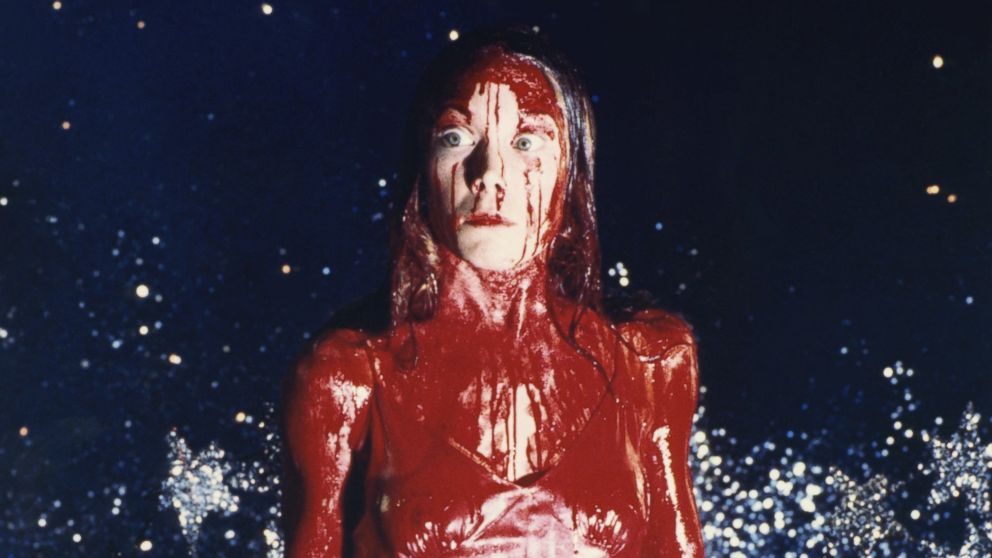Opinion: The 70s Were the Golden Age of Film
Are we looking at this decade with rose-colored glasses? Or is this decade all that it's cracked up to be?
May 1, 2023
Since the Lumiere Brothers’ cinematographe, motion pictures have altogether revolutionized media landscapes, leisure, and diffusion of culture across the globe. From the kinescope wheels of horses turning into silent films turning into talkies turning into blockbuster films, there has never been an era as momentous as the Seventies regarding the movie’s role as a cultural movement.
Four main genres illustrate the gravitas of this decade: horror, blaxploitation, political, and art house.
During the Golden Age of Hollywood, film was still in its infancy. As a result, the main body of producers and directors created a set of guidelines permitting and prohibiting certain topics within movies, most notably sex and sexual perversion, typically homosexuality and interracial relationships, excessive violence, obscenities, and drugs. These restrictions upon film limited the creative freedom of what directors could create.
So, when the Hays Code, the aforementioned guidelines, was abolished, the newest generations of filmmakers spread their wings and created a renaissance. And in what decade were the fruits of their creativity the most bountiful? Why, the 70s.
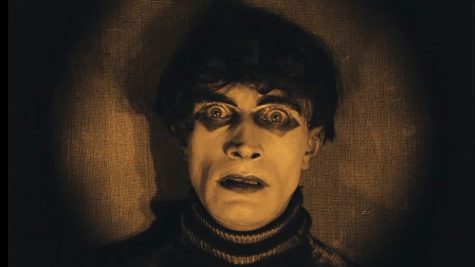
Pre-Hays horror movies acted primarily as continuations of the Gothic literary movement in the 1800s. Early twentieth-century movies like Nosferatu (1922), The Cabinet of Dr. Caligari (1920), and Dracula (1931) were built upon spooky imagery and themes of monsters as immoralities. Hays films like Hitchcock’s Psycho (1960) started to metamorphose into stereotypical horror films, but everything changed with the release of The Night of the Living Dead (1968).
Before this movie, monsters could easily be defeated, violence and gore were more inferential, and the cinematography was almost neo-noir. But following the abolition of Hays and the leaps taken in the wake of Night, movies such as Halloween (1978) and The Hills Have Eyes (1977) capitalized on the freedom to showcase as much grotesque imagery and slasher elements as they desire. Directors like John Carpenter, Wes Craven, and Tobe Hooper, the director of Texas Chainsaw Massacre (1974), created the slasher subgenre of horror movies. If you have an aversion to anything bloody and grody, blame these gentlemen.
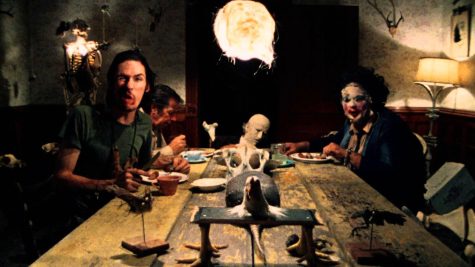
Outside of the ubiquitous horror films, foreign horror tackling, if possible, more obscene, psychological, and horrific began to rise in both popularity and quantity. In Italy, movies like the supernatural Suspiria (1977), Salo, or the 120 Days of Sodom (1975), and Cannibal Holocaust (1980) have become cult classics, extolling the tribulations of the Church, fascism, and imperialism through the guise of cannibals, the Holocaust, cannibal Holocausts, and the most abhorrent, in a good way, films ever to grace the big screen.
Horror also meshed with political commentary, often blurring the lines between scary and civic. This blend was most effectively utilized as anti-War. The body horror movie Johnny Got His Gun (1971) critiqued the atrocities of the Vietnam War and the brutality veterans face. Even Apocalypse Now (1979), in its Coppola epic-ness, utilizes terror to illustrate the truth of ‘Nam.
The political landscape of the late Sixties and Seventies brought about unprecedented change and the polemic pictures created and displayed reflected this. The anti-War critique in the mentioned movie is obvious, but the extension of civil rights and equality between sexes and races began to propagate into newer genres and forms.
Fed up with Black people’s relegation into servants, maids, slaves, or minor characters, Black filmmakers and actors began to create stories where they were the heroes and heroines. Blaxploitation, a portmanteau of Black and exploitation, is a neo-noir-inspired genre meant to empower the marginalized and martyr the outcast.
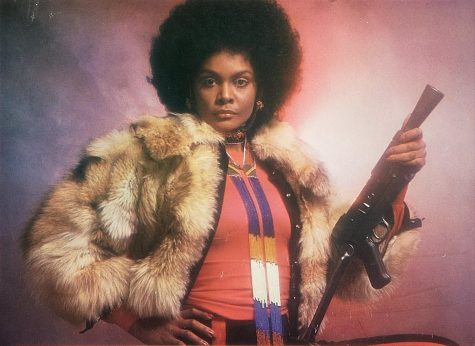
The seminal Blaxploitation flicks Sweet Sweetback’s Badasssss Song (1971), Superfly (1972), Coffy, and Cleopatra Jones (both 1973) revolve around Black community members rectifying mistakes, pulling out well-executed punches, shootouts, and centering around strong leads, both male and female. These movies, often designed as low-budget, crime-ridden race films by contemporary, are glorious representations of the creativity and community-driven power of Black filmmakers in America. Heroes were made around pushers, cops, vigilantes, and regular joes. Directors like Melvin Van Peebles utilized the violence faced by African-American people as the saviors and creative pushes that made this genre great.
Films, of every caliber and genre, are art. Period. Regardless of its content or status as objectively good or bad, movies are a medium of art and culture. Within the Seventies, much like the preceding decades, major advancements in cinematographic technique, technology, and sound modernized and ameliorated film.
Movies made solely for the purpose of art, shockingly known as art film, flourished within this decade. Bizarro characters, alienation, and the commodification of the human form characterized the artsy-fartsy movies of the Seventies.
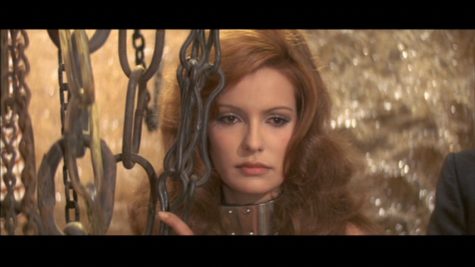
Foreign films like Colpo Rovente (1970), Il Dio sotto la pelle (1974), and Camille 2000 (1969) utilized lush imagery, filters, and coloring to tell stories rather than linear and established plots. During this time, erotica began to crossover and mesh with the artistic features of the titular genre.
Bodies and human sexuality had a renaissance. They were likened to Greco-Roman busts and frescos, showcasing form as the comeuppance of creation. Movies like The Opening of Misty Beethoven (1976) and The Devil in Miss Jones (1973), although explicit and obscene if using the Hays Code, were popular films that coincided with Second Wave Feminism, returning agency to the woman.
Truly, no other decade in filmmaking history has been as monumental as the Seventies. It was the perfect melange of art, gore, and politics to pique the interest of the most stoic moviegoer.

